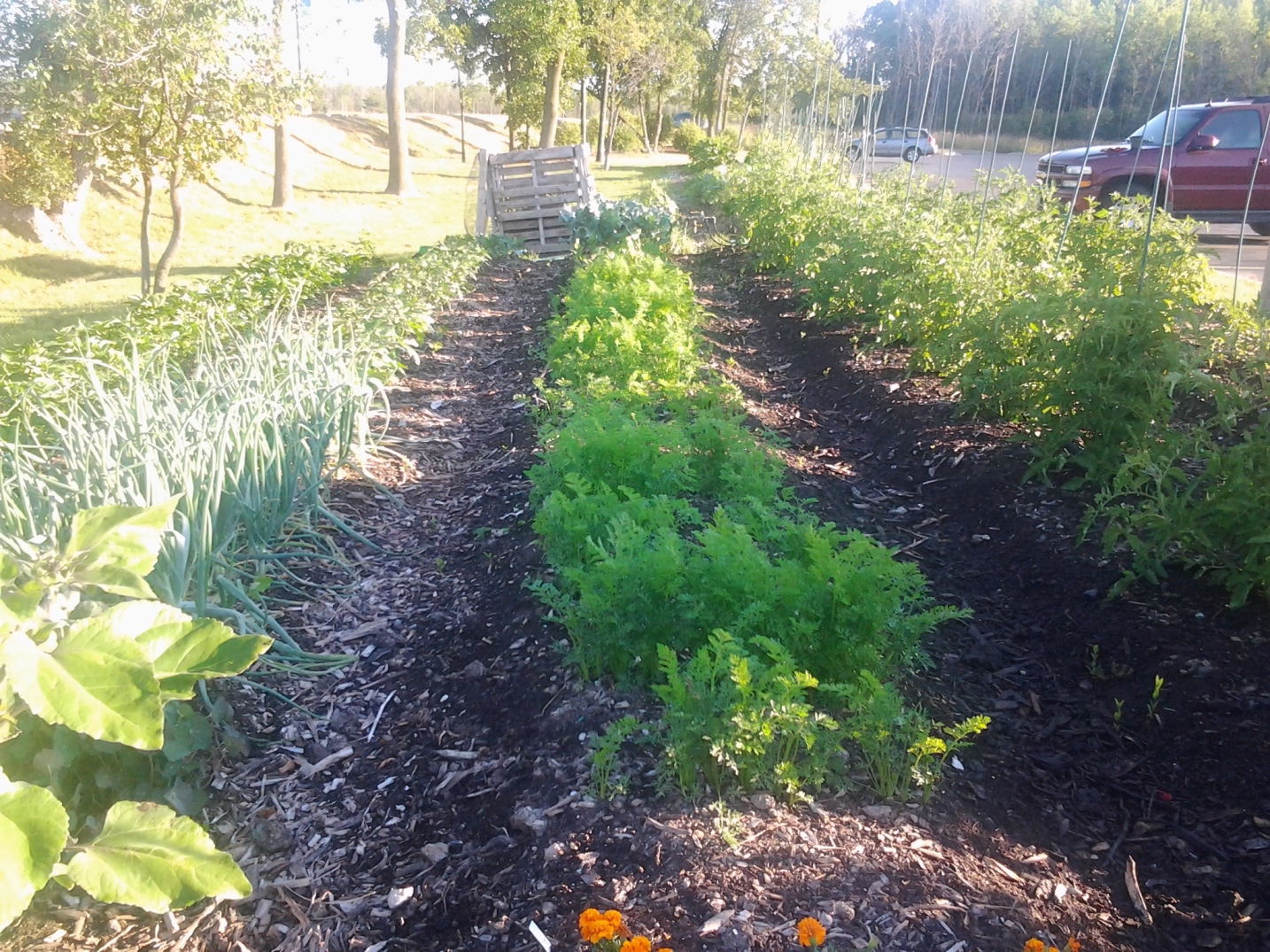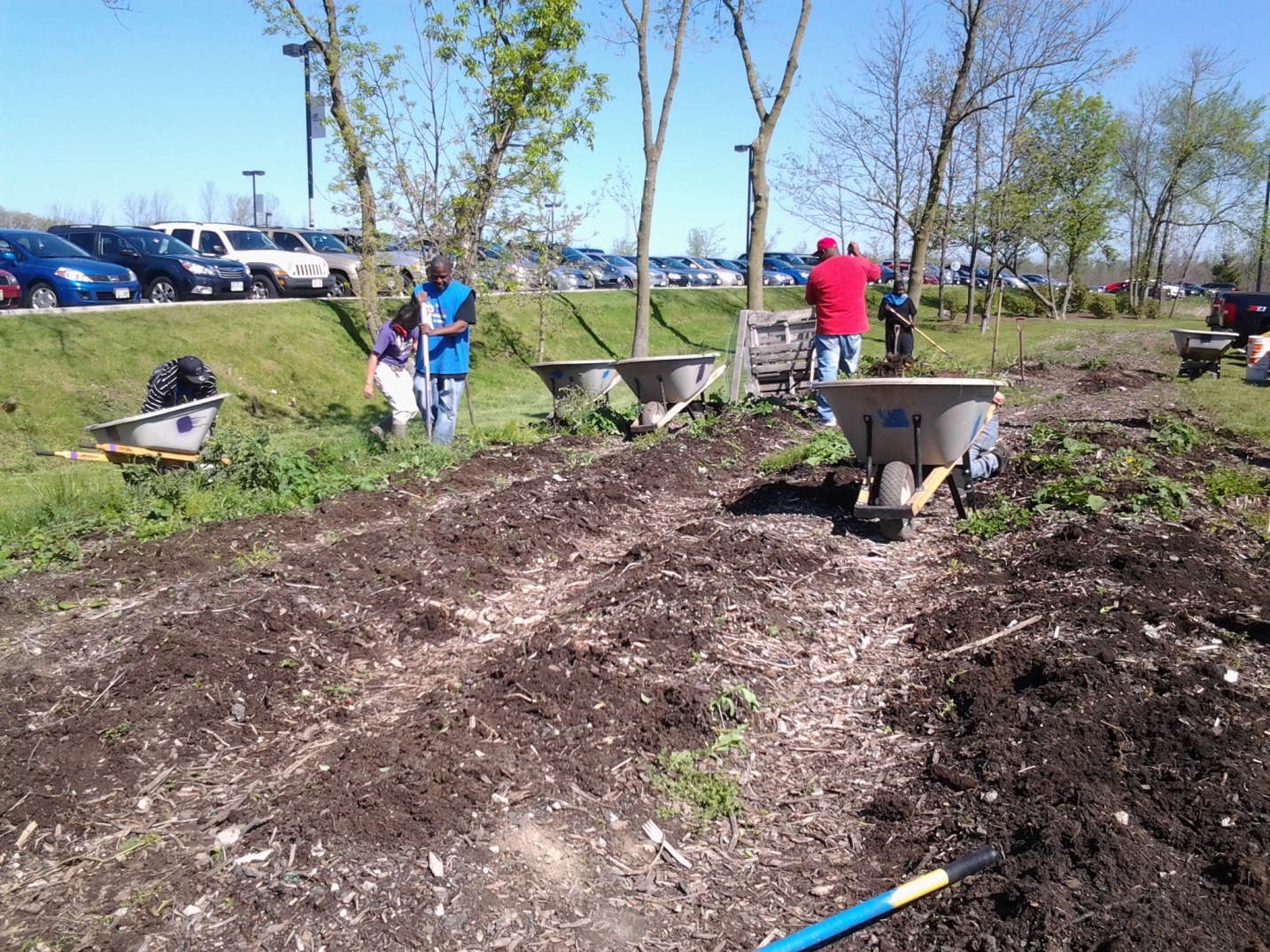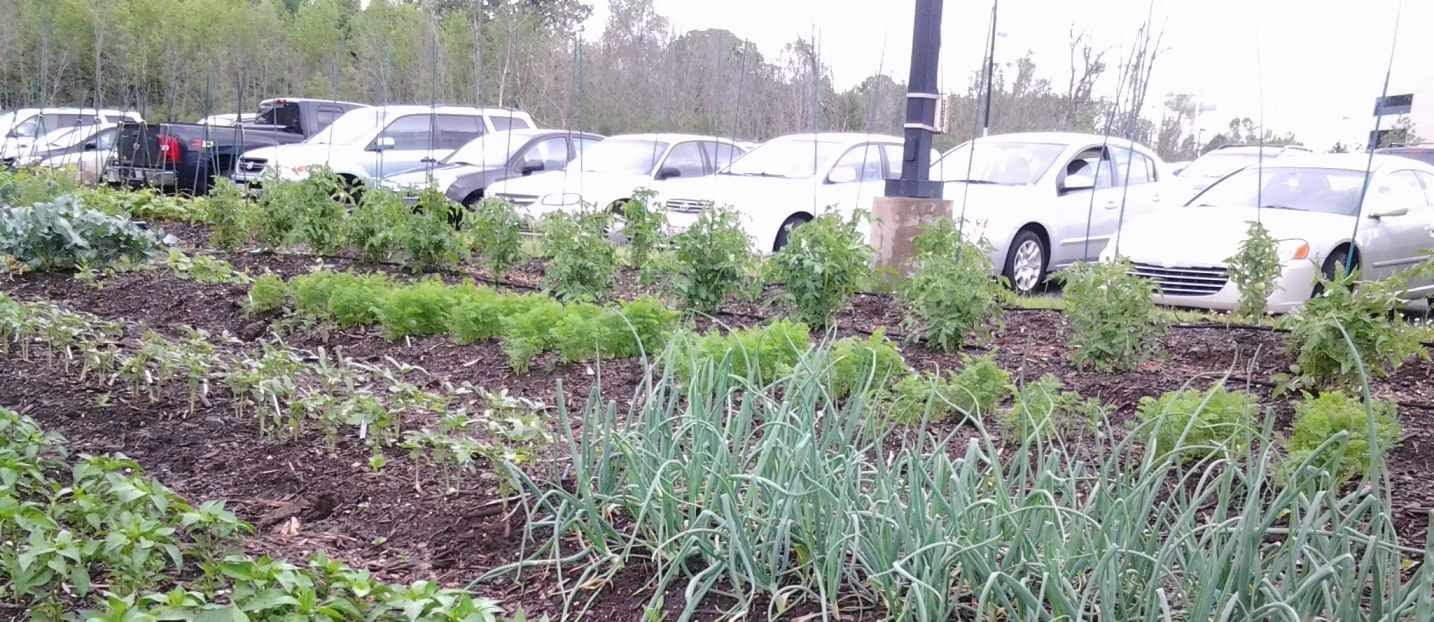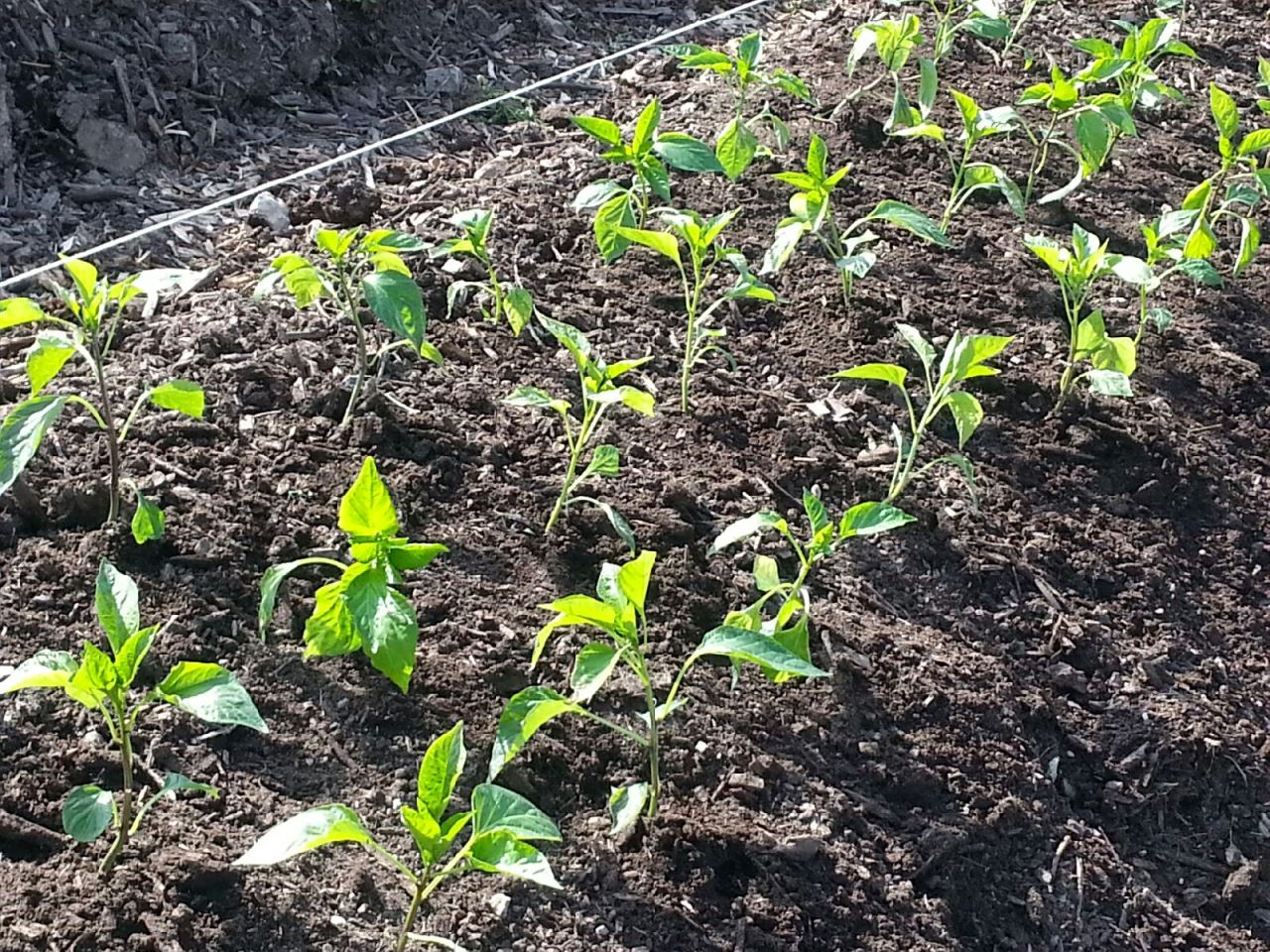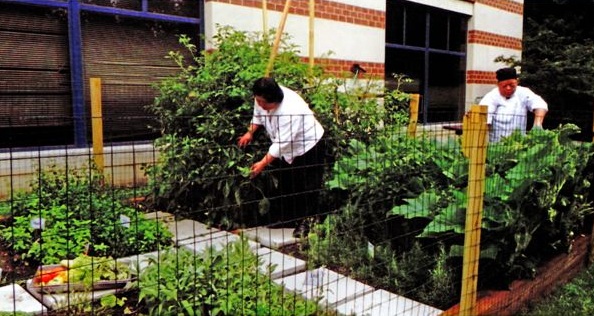Garden Planning
There are many ways to grow food on corporate campuses. Popular methods include: Container Gardens: These gardens may include windowsill boxes, hanging baskets, and stand-alone planters with soil. Raised Bed Gardens: Raised beds are higher than ground level, with the soil mounded or surrounded by a frame to keep it in place. In-Ground Garden: The…
